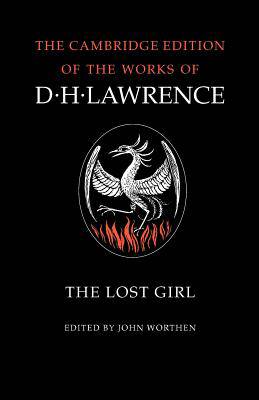
- Afhalen na 1 uur in een winkel met voorraad
- Gratis thuislevering in België vanaf € 30
- Ruim aanbod met 7 miljoen producten
- Afhalen na 1 uur in een winkel met voorraad
- Gratis thuislevering in België vanaf € 30
- Ruim aanbod met 7 miljoen producten
Zoeken
Omschrijving
The Cambridge edition of The Lost Girl uses the manuscript which D. H. Lawrence wrote in Sicily in 1920 to recapture his direct relationship with the text, and in particular to recover the characteristically fluent punctuation which the novel's original printers obscured or ignored. The edition prints all four of the passages which the publisher censored without Lawrence's full knowledge and the hero's name is correctly spelled for the first time in an English edition. The novel is set mainly in the Eastwood of Lawrence's youth, the full annotation identifies a great many real-life characters and settings. John Worthen's introduction gives an accurate account of The Lost Girl's development, composition and publication, and the influence upon the book of Lawrence's desire to write a commercially successful novel. The textual apparatus records all variant readings.
Specificaties
Betrokkenen
- Auteur(s):
- Uitgeverij:
Inhoud
- Aantal bladzijden:
- 488
- Taal:
- Engels
- Reeks:
Eigenschappen
- Productcode (EAN):
- 9780521294232
- Verschijningsdatum:
- 30/09/1981
- Uitvoering:
- Paperback
- Formaat:
- Trade paperback (VS)
- Afmetingen:
- 148 mm x 216 mm
- Gewicht:
- 680 g

Alleen bij Standaard Boekhandel
+ 186 punten op je klantenkaart van Standaard Boekhandel
Beoordelingen
We publiceren alleen reviews die voldoen aan de voorwaarden voor reviews. Bekijk onze voorwaarden voor reviews.











